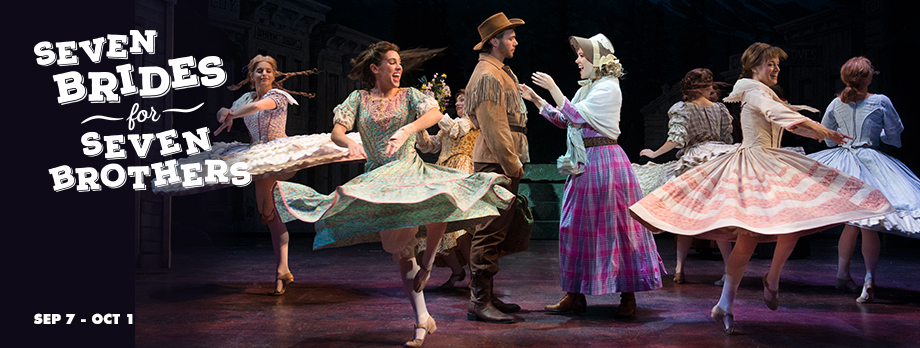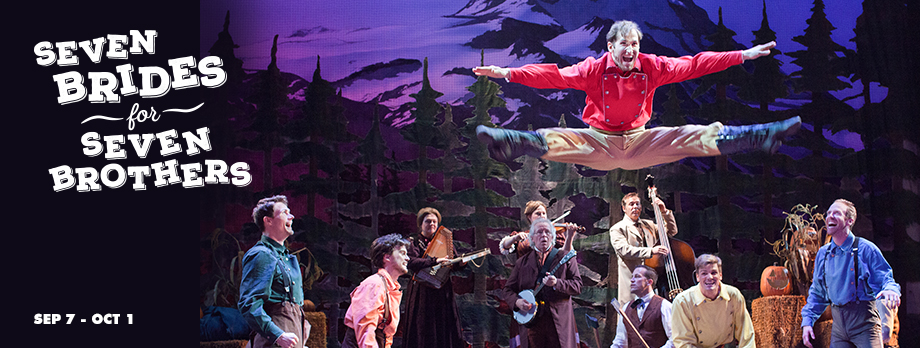About
The movie musical genre was a central pillar of mid-twentieth century American culture, characterized by uplifting scores, captivating dance numbers, and breathtaking costumes. Moviegoers flocked to the cinema during this time, escaping the harsh realities of the war and the Depression to find love and happiness with shining celebrities like Fred Astaire and Judy Garland. At the height of the movie studio golden era, Metro-Goldwyn-Mayer (MGM) dominated the industry with countless hits including Gone with the Wind, Ben-Hur, and The Wizard of Oz. In its heyday from 1924 to 1954, MGM famously attracted “more stars than are in the heavens,” producing an Academy Award Best Picture Nominee every year for two straight decades and cranking out nearly 50 films annually. By the 1950s, while contending with the growing popularity of television, declining movie attendance and the waning of the studio system model, MGM managed to continue its success and produce large-scale films with new technologies like CinemaScope and 3D. With two anticipated smash-hits in upcoming films Rose Marie and Brigadoon set to be released in 1954, studio executives poured a majority of their budget into these productions, leaving little for other films that were predicted to be less profitable. Little did they know that one of those sidelined movie musicals, a love story set in 1850s Oregon territory, would become one of their most successful and most beloved pictures ever.
With a tight budget and even tighter production schedule, producer Jack Cummings began working on the film Seven Brides for Seven Brothers with director Stanley Donen (Singin’ In The Rain, Royal Wedding) immediately after MGM optioned the rights to Stephen Vincent Benet’s The Sobbin’ Women, a short story based on Plutarch’s ancient Roman legend. To cut costs further, MGM and Cummings pushed to use existing music for the film. After an exhaustive and unsuccessful search for the right songs, the studio caved and Johnny Mercer and Gene de Paul were hired to pen an original score and new songs. With the music in place, Donen was dead-set on bringing in award-winning choreographer Michael Kidd. Kidd initially refused the job, citing exhaustion and little interest in the story and characters, but Donen eventually convinced him to join the project, leading to the creation of what would be one of the most iconic elements of the film: the barn-raising dance, which took three weeks of intensive rehearsals to devise. With no budget to film on location, the picture was shot primarily on a painted set on a studio back lot with actors in colorful costumes made from old quilts purchased from the Salvation Army. MGM opted instead to spend money on shooting the film in the newly developed widescreen technology, CinemaScope. However, since many movie theaters weren’t yet equipped to show this format, the cast and crew worked around the clock to shoot two versions of the film in just 48 days. Regardless of these challenges, the movie, starring Howard Keel, Jane Powell and Julie Newmar, broke box office expectations and received five Academy Awards nominations, winning for Best Scoring of a Musical Picture. Today, Seven Brides for Seven Brother sits high on American Film Institution’s list of the best American musical films ever made.
After the positive reception of the motion picture, Seven Brides for Seven Brothers was adapted for the stage and Keel and Powell reprised their roles in a successful U.S. tour in 1978. The Broadway production, though short-lived, earned a Tony Award nomination for Best Original Score in 1982. The musical made its international premiere in the West End a few years later and went on to enjoy several successful U.K. and U.S. tours and regional productions. Having been staged only one other time in Ogunquit Playhouse’s 84-year history, director BT McNicholl and his creative team have taken a fresh and lively approach to this beloved classic for the Ogunquit production with exciting choreography by Parker Esse and beautiful sets by award-winning designer Anna Louizos. Pull up your boots and hold on to your hats as this big, brawling show bursts onto the stage with rambunctious energy!
Choreography
An interview with Seven Brides for Seven Brothers choreographer Parker Esse.



